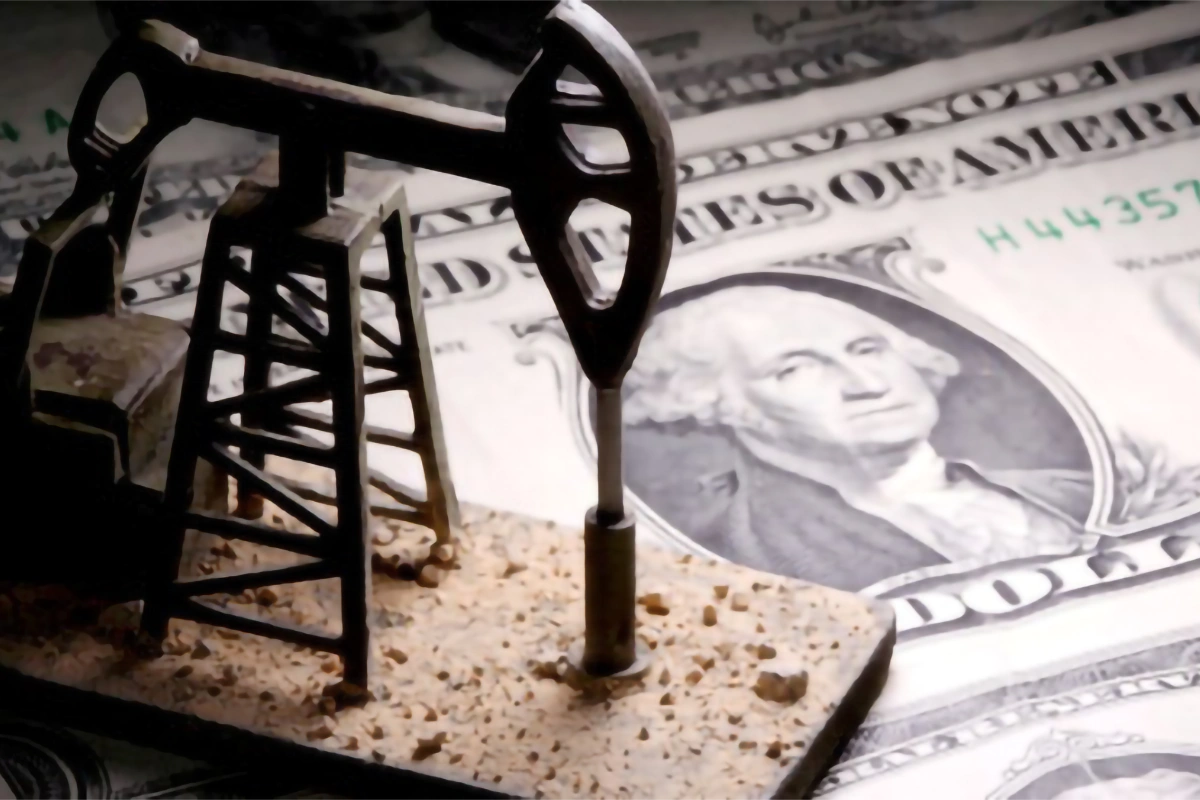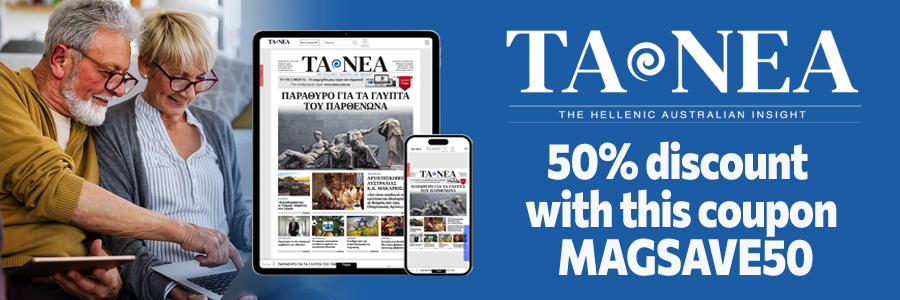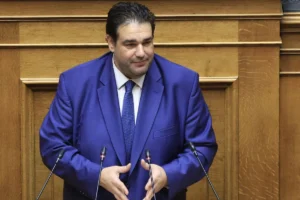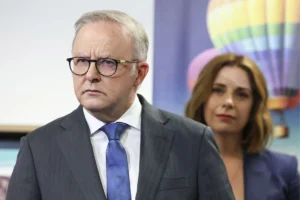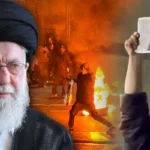Stories about the fall of a long-standing ‘petrodollar’ deal between the US and Saudi Arabia spread like wildfire over the internet and social media. But the deal never officially existed.
It seemed like big news, and many wondered why the mainstream media had seemingly ignored it. Turns out, there was a very good reason.
Earlier this week, reports circulating widely on social-media platforms like X offered up a shocking proclamation: A 50-year-old agreement between the U.S. and Saudi Arabia requiring that the latter price its crude-oil exports in U.S. dollars had expired on Sunday.
The collapse of the accord would inevitably deal a fatal blow to the U.S. dollar’s status as the de facto global reserve currency, various commentators on X opined. Surely, financial upheaval lay ahead.
Almost immediately, Google searches for the term “petrodollar” spiked to the highest level on record dating back to 2004, according to Google Trends data.
But as speculation about an imminent end to the U.S. dollar’s global dominance intensified, several Wall Street and foreign-policy experts emerged to point out a fatal flaw in this logic: The agreement itself never existed.
At least, not in the way it was being described in the posts that had gone viral on social media.
In a blog post published Friday, Paul Donovan, chief economist at UBS Global Wealth Management, remarked that the fake story had become surprisingly widespread, providing another lesson about the pitfalls of “confirmation bias.”
“Clearly, the story that is going around today is fake news. There was an agreement signed in June of 1974, but it had nothing to do with currencies because the Saudis carried on selling in sterling after that,”
Paul Donovan in an interview with MarketWatch
The agreement referred to by Donovan is the United States-Saudi Arabian Joint Commission on Economic Cooperation. It was formally established on June 8, 1974, by a joint statement issued and signed by Henry Kissinger, the U.S. secretary of state at the time, and Prince Fahd, the second deputy prime minister (and later king and prime minister) of Saudi Arabia, according to a report found on the Government Accountability Office’s website.
The agreement, as initially envisioned, was intended to last five years, although it was repeatedly extended. The rational for such a deal was pretty straightforward: Coming on the heels of the 1973 OPEC oil embargo, both the U.S. and Saudi Arabia were eager to flesh out a more formal arrangement that would ensure each side got more of what it wanted from the other.
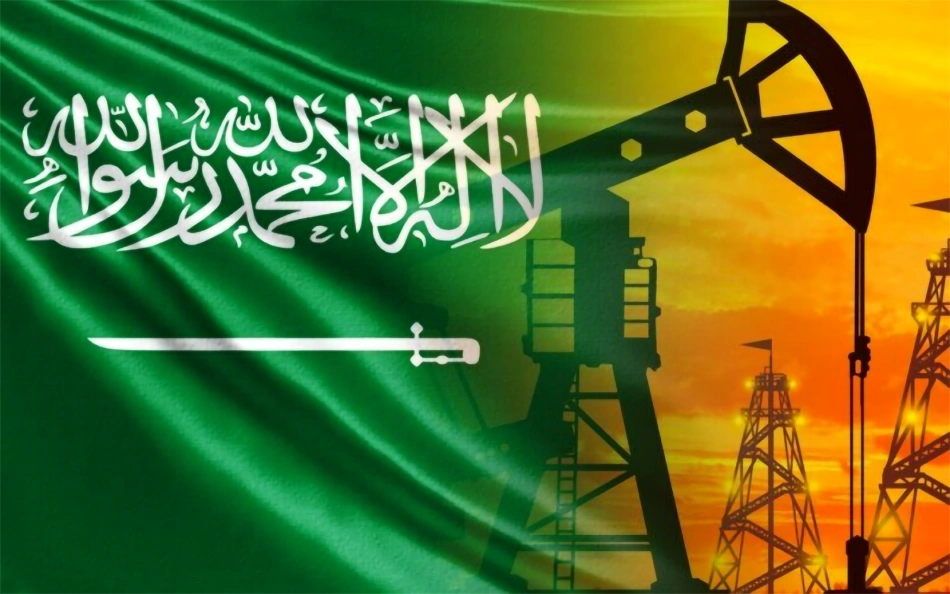
The surge in oil prices following the OPEC embargo was leaving Saudi Arabia with a surplus of dollars, and the Kingdom’s leadership was eager to harness this wealth to further industrialize its economy beyond the oil sector. At the same time, the U.S. wanted to strengthen its then-nascent diplomatic relationship with Saudi Arabia, while encouraging the country to recycle its dollars back into the U.S. economy.
Washington also wanted to ensure there wouldn’t be a repeat of the 1973 embargo, which sparked a destabilizing wave of inflation and an economic and stock-market crash.
According to Donovan and others who emerged on social-media to debunk the conspiracy theories, a formal agreement demanding that Saudi Arabia price its crude oil in dollars never existed. Rather, Saudi Arabia continued accepting other currencies — most notably the British Pound (GBP) — for its oil even after the 1974 agreement on joint economic cooperation was struck. It wasn’t until later that year that the Kingdom stopped accepting the pound as payment.
Perhaps the closest thing to a petrodollar deal was a secret agreement between the U.S. and Saudi Arabia reached in late 1974, which promised military aid and equipment in exchange for the Kingdom investing billions of dollars of its oil-sales proceeds in U.S. Treasury’s, Donovan said. The existence of this agreement wasn’t revealed until 2016, when Bloomberg News filed a Freedom of Information Act request with the National Archives.
Bloomberg’s reporting also led to the Treasury Department breaking out figures on Saudi Treasury ownership for the first time, revealing that the Kingdom was among the largest creditors to the U.S. — although Bloomberg’s sources reportedly said the official figures likely underestimated the Kingdom’s total dollar reserves.
Still, the notion that the petrodollar system largely grew organically from a place of mutual benefit — rather than some shadowy agreement established by a secret cabal of diplomats — remains a matter of indisputable fact, according to Gregory Brew, an analyst at Eurasia Group. Of course, this hasn’t stopped conspiracy theories about the origins of the petrodollar system from flourishing as far back as the 1970s.
“The evidence for any kind of conspiracy is thin to non-existent,” Brew told MarketWatch in an interview on Friday. “There is a very clear record of both the Americans and the Saudis being concerned in the aftermath of the global oil shock of what Saudi surpluses would do to the global economy.”
“It was a very common-sense solution to a mutual problem,” he added.
To be sure, there have been some signs recently that the Saudis are more open to accepting currencies other than the dollar as payment for some of their oil sales. The Wall Street Journal has reported that the Saudis have been in talks with Beijing for years about accepting payment in Yuan(CNY), for example.
But even if such an agreement were reached, Saudi Arabia’s close economic and military ties with the U.S. — and the fact that nearly the entire global system for financing, insuring and transporting oil requires dollars — will likely continue to incentivize the Kingdom to continue seeking dollars as its preferred and primary form of payment, according to Jeffrey Kleintop, chief global investment strategist at Schwab, who posted about the issue on X.
Even more importantly as far as the dollar’s reserve status is concerned, the currency or currencies used to make payments for oil, Brent Crude Oil Continuous Contract, Crude Oil Continuous Contract, are of secondary importance. What matters most when it comes to the US dollar maintaining its role as the world’s main reserve currency is where oil exporters like Saudi Arabia decide to park their reserves, Donovan said.
None of this seems likely to change, with the United States and Saudi Arabia reportedly on the cusp of signing a landmark defence treaty, according to the Journal.
“Ultimately, the more important question is does Saudi Arabia change the currency in which it holds its reserves, which at the moment is majority dollar,” Donovan said.
The latest data from the International Monetary Fund show that while the dollar’s share of global reserves has continued to gradually decline, no rival is garnering a large enough share to challenge the dollar’s dominance. Instead, central banks have continued to diversify their holdings into a range of other “non-traditional” reserve currencies like Australian(AUD) and Canadian(CAD) dollars and Chinese Yuan.
The U.S. dollar strengthened against its rivals this week, with the ICE U.S. Dollar Index(DXY) gaining 0.6% to 105.51, its strongest level in more than a month, according to FactSet data.


